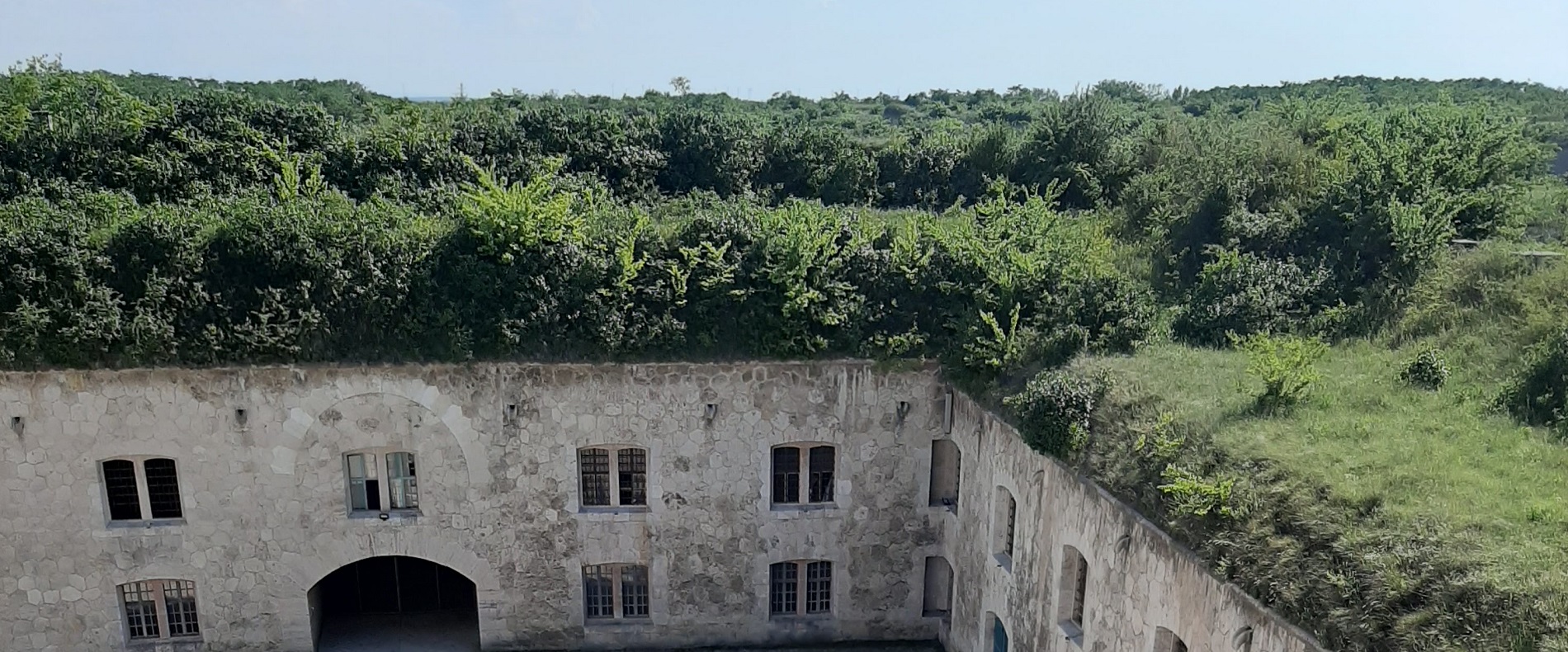
System of Fortifications at the Confluence of the Rivers Danube and Váh in Komárno - Komárom
The tentative cultural World Heritage Site had been changing with and adapting to the successive historical periods. Built between the 16th and the 19th century, the system of fortifications represents the development of European military and fortification technology over a period of more than three hundred years. An exceptionally complex and intact example of the theory and practice of traditional military architecture as applied in the second half of the 19th century. Each phase of the construction was carried out using the most up-to-date solutions of the time, while continuing to maintain as well as expand the already existing parts of the fortification that enclosed the central citadel.
The Komárom/Komárno area of today has long been an important strategic location along the River Danube. Its fort system reached its peak at the second half of the 19th century, when it became the last stronghold of the Austro-Hungarian Empire, built to be the most heavily fortified city of the monarchy. Applying the modern technical solutions of the time and appropriately adapting the fortification elements of previous periods, a defense complex was created that encircles the central citadel. The complete structure, as well as its individual parts, are a masterpiece of the contemporary technology of European defensive military architecture. Komárom was to become the central main storage base of the empire, therefore the most important task was to develop its structure. Italian architects simultaneously built three great forts at Komárom/Komárno (now belonging to Hungary and Slovakia), Przemyśl (Poland) and Petrovaradin (Serbia). Later on the southern bank of the Danube, three new interconnected forts were built around the city of Komárom: the biggest one is Fort Monostor (1850-72), but Fort Csillag (1852-70) and Fort Igmánd (1871-77) are also crucial parts of the defense system. On the other bank of the Danube, the renewed Old Castle and the Palatinus line (16 great bastions and connecting walls) of Komárno made up the system of independent forts and complete defense buildings that could shelter more than 250 thousand people during wartime.
The finished fort system lost its military importance due to technical reasons and its new logistic situation. Never attacked in any war, it could be preserved as an untouched relic of its time. Between 1869 and 1943, it served as the training base of the Hungarian army, during World War II, after the occupation in 1939-42, it was a temporary shelter for Polish and French refugees, and in 1944, the German troops kept the deportees of the Jewish and Romani holocaust here as prisoners. Between 1946 and 1990, the fort complex became the largest secret ammunition storage of the Soviet army. The forts were rediscovered after the Soviet troops withdrew from the country, were declared national monuments in 1992, and are partially open to the public since 1994.
Certain parts of the fortification were remodeled many times during the centuries. In their current form, they reflect the military architecture of the second half of the 19th century (1852-1890) on the highest level, representing the style and complex architectural technique of the era without significant alterations carried out in the 20th century and standing as authentic historic and cultural values.
